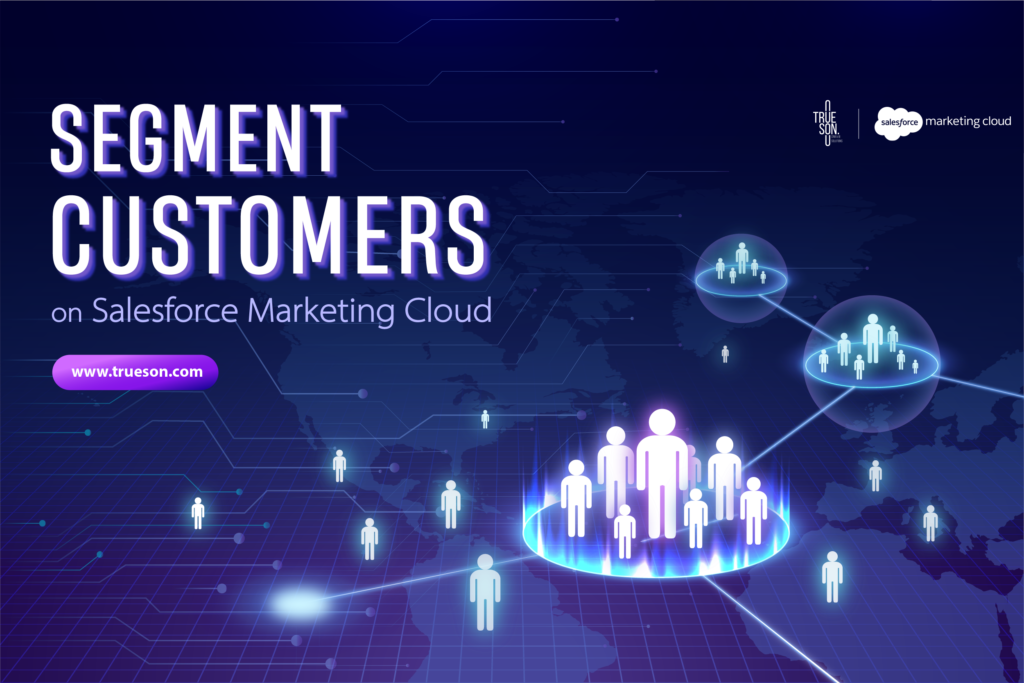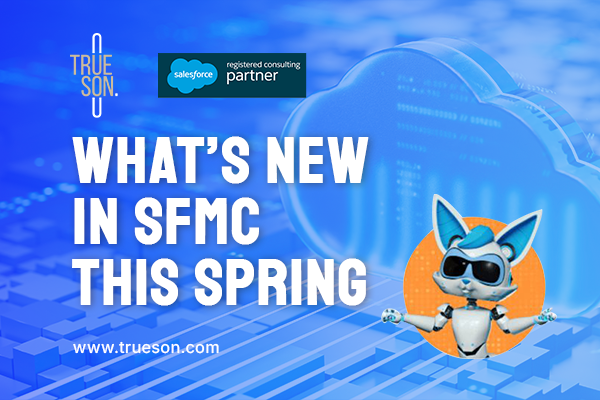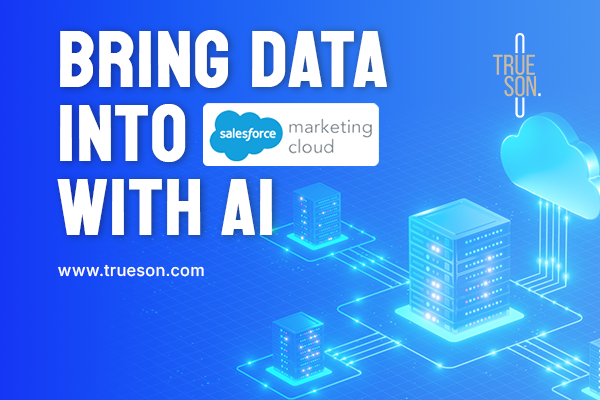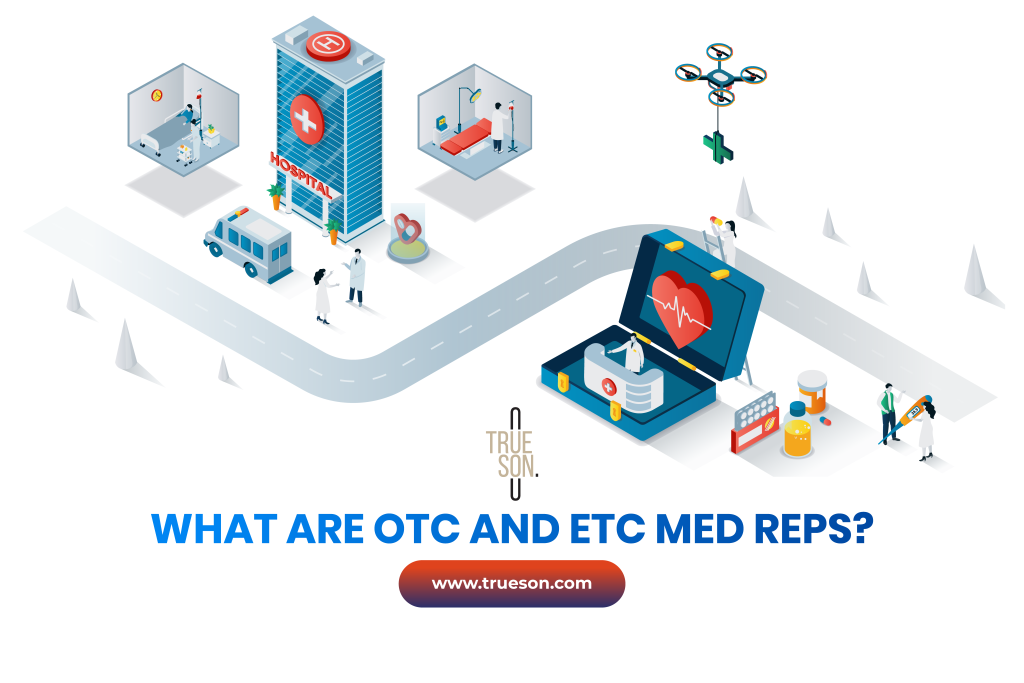WHAT IS CUSTOMER SEGMENTATION?
A customer segment refers to a group of individuals or organizations who share similar characteristics, needs, behaviors, or preferences. These segments are created based on various factors to help businesses better understand and target specific groups within their customer base.
Segments can be defined using various criteria, including:
- Demographics: Age, gender, income, occupation, education level, marital status, etc.
- Geographics: Location, country, region, urban/rural areas, climate, etc.
- Psychographics: Interests, attitudes, values, opinions, lifestyle choices, etc.
- Behavior: Purchase history, frequency of purchases, product usage, loyalty, engagement with marketing campaigns, etc.
- Firmographics: Company size, industry, revenue, organizational structure, etc. (for B2B segments)
Each segment represents a distinct target audience with specific characteristics and needs. By understanding these segments, businesses can develop tailored marketing strategies, messaging, product offerings, and customer experiences that resonate with each group. This approach allows for more effective and efficient marketing efforts, as businesses can focus on the segments that are most likely to be interested in their offerings and yield positive outcomes.
WHY DO YOU NEED CUSTOMER SEGMENTATION AND WHY IS DATABASE IMPORTANT?
Segmenting customers in Salesforce Marketing Cloud (SFMC) is crucial for several reasons:
- Personalization: Segmentation allows you to tailor your marketing communications and deliver personalized experiences to different groups of customers. By understanding the unique characteristics, preferences, and behaviors of each segment, you can create targeted messaging and offers that resonate with specific customer needs, increasing the chances of engagement and conversion.
- Relevance: Customers expect relevant and meaningful content from brands. Segmenting customer data helps you deliver the right message to the right people at the right time. By targeting specific segments with content that aligns with their interests, you can enhance the customer experience, build trust, and improve the overall effectiveness of your marketing campaigns.
- Improved Conversion Rates: When you target customers with content that is relevant to their needs and interests, you increase the likelihood of conversions and sales. Segmentation allows you to identify high-value segments, understand their preferences and purchase behavior, and create campaigns that specifically address their pain points and motivations.
- Customer Retention and Loyalty: Segmenting your customer base enables you to identify and nurture loyal customers. By understanding their preferences and behaviors, you can design retention campaigns, loyalty programs, and personalized offers that keep them engaged and encourage repeat business. Building stronger relationships with existing customers is often more cost-effective than acquiring new customers.
- Optimal Resource Allocation: Segmenting your customer base helps you allocate your marketing resources more efficiently. Instead of using a one-size-fits-all approach, you can focus your efforts and budget on the segments that have the highest potential for conversion and value. This ensures that you invest your resources where they are most likely to generate a positive return on investment.
- Customer Lifecycle Management: Segmentation allows you to understand where customers are on their journey with your brand. By mapping segments to specific stages of the customer lifecycle, you can create targeted campaigns for customer acquisition, onboarding, upselling, cross-selling, and retention. This helps guide customers through their journey and ensures that you provide them with the right messaging and experiences at each stage.
Overall, customer segmentation in SFMC enables you to deliver personalized and relevant experiences, increase customer engagement, drive conversions, and build long-term customer loyalty. It helps you optimize your marketing efforts, improve the efficiency of your campaigns, and maximize the value you generate from your customer base.
HOW TO SEGMENT CUSTOMERS IN SALESFORCE MARKETING CLOUD?
Segmenting customers in Salesforce Marketing Cloud involves creating targeted groups based on specific criteria to deliver personalized and relevant marketing communications. Here are the steps to segment customers in Salesforce Marketing Cloud:
- Define Your Segmentation Strategy: Determine the criteria and factors that are relevant to your marketing goals. This can include demographics, purchase history, behavior, engagement level, preferences, or any other data points available in your Marketing Cloud.
- Gather and Import Data: Ensure that the relevant customer data is collected and stored in Marketing Cloud. This can be done through data imports from various sources, such as your CRM, website, or external databases. The data should be accurate, complete, and updated regularly.
- Create Data Extensions: Data Extensions in Marketing Cloud are used to store and manage customer data. Create a Data Extension specifically for your segmented audience, defining the fields and attributes that are relevant for segmentation.
- Build Segmentation Rules: Using Marketing Cloud’s Audience Builder, create rules to define your customer segments. Audience Builder allows you to define criteria based on data attributes, behavioral patterns, or custom logic. You can combine multiple rules using logical operators (AND, OR) to create complex segments.
- Test and Validate Segments: Before executing any marketing campaigns, validate and test your segments to ensure they are capturing the intended audience accurately. Verify that the data and rules are correctly applied and that the segment sizes align with your expectations.
- Create Targeted Campaigns: Once your segments are validated, leverage the segmented data in Marketing Cloud to create personalized and targeted campaigns. This can include email marketing, mobile push notifications, SMS, social media advertising, or any other channels supported by Marketing Cloud.
- Measure and Optimize: Continuously monitor the performance of your segmented campaigns and analyze the results. Use Marketing Cloud’s reporting and analytics capabilities to gain insights into segment engagement, conversion rates, and other key metrics. Based on these insights, refine your segments, and optimize your marketing efforts.
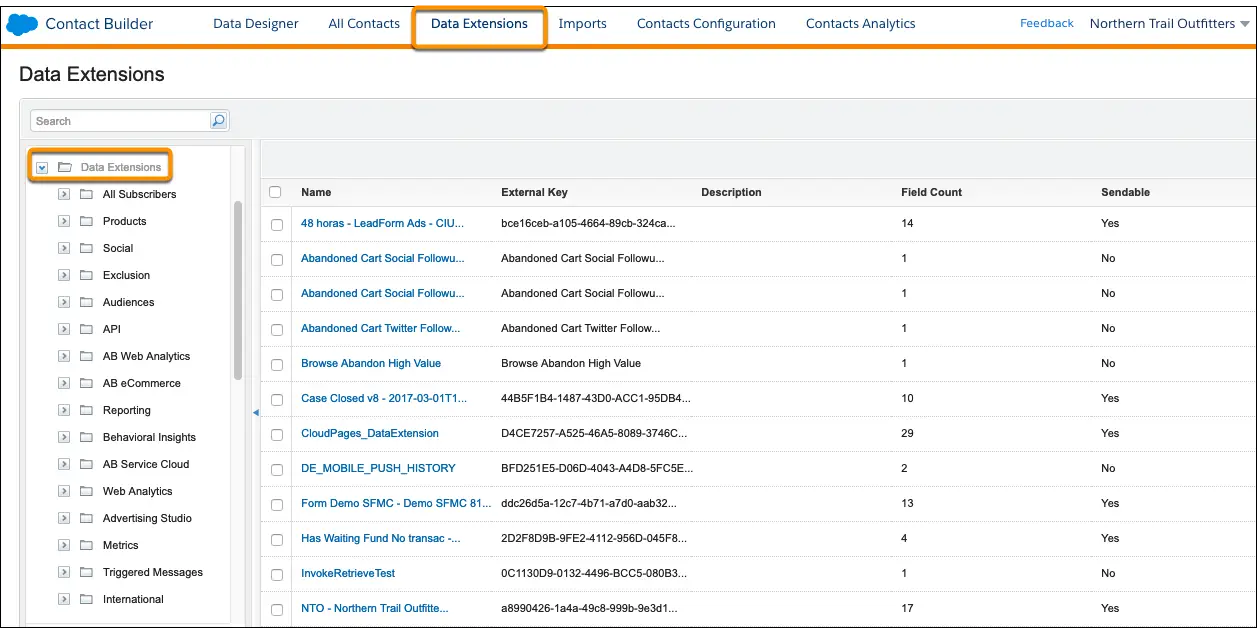
Data Extension on Salesforce Marketing Cloud
It’s important to note that the specific steps and capabilities may vary based on your organization’s setup, data structure, and version of Salesforce Marketing Cloud. Refer to the official Salesforce Marketing Cloud documentation or consult with your Salesforce administrator or consultant for detailed guidance tailored to your specific implementation.
Contact us for customer segment pricing and customer segment analysis

